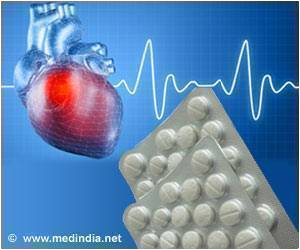New monitoring method and blood test may help detect a child's brain during heart surgery, suggests research.

Previously, there has been no way to detect brain injury during surgery as it happens. This research was a multi-center observational pilot study to evaluate the feasibility of new monitoring strategies in a high-risk population of children with congenital heart disease.
Unlike other organs, the brain can automatically adjust blood vessel size to keep blood flow constant when blood pressure changes. Researchers developed the "hemoglobin volume index," a non-invasive monitoring technique to assess changes in the brain arteries. This monitoring technique allowed them to determine the lowest pressure before automatic adjustment was compromised. Researchers compared patient blood pressures with blood levels of glial fibrillary acidic protein (GFAP), an indicator of brain damage.
In 61 children (aged one week to 17 years) undergoing heart repair surgery, researchers found that:
- A lower limit of pressure autoregulation or LLA could be identified in 85 percent of the children and varied widely between patients; meaning that 85 percent are at risk of brain hypoperfusion.
- Both the hemoglobin volume index and GFAP became abnormal when the childrens' heart and lung function was taken over by cardiopulmonary bypass during surgery, with the worst readings during rewarming, indicating the period of highest risk for the child undergoing heart surgery;
- The more time spent below LLA was associated with some increase in GFAP, suggesting a link between periods of decreased blood flow autoregulation and decreased brain blood flow and brain injury.
"Because the autoregulatory changes occurred almost concurrently with signs of brain injury, we may have a real-time measure where we can detect when injury is occurring and modify how we are managing the patients, for example being more aggressive with controlling blood pressure," said R. Blaine Easley, M.D., lead author and associate professor in anesthesiology and pediatrics at Baylor college of Medicine in Houston.
Advertisement
Source-Eurekalert












